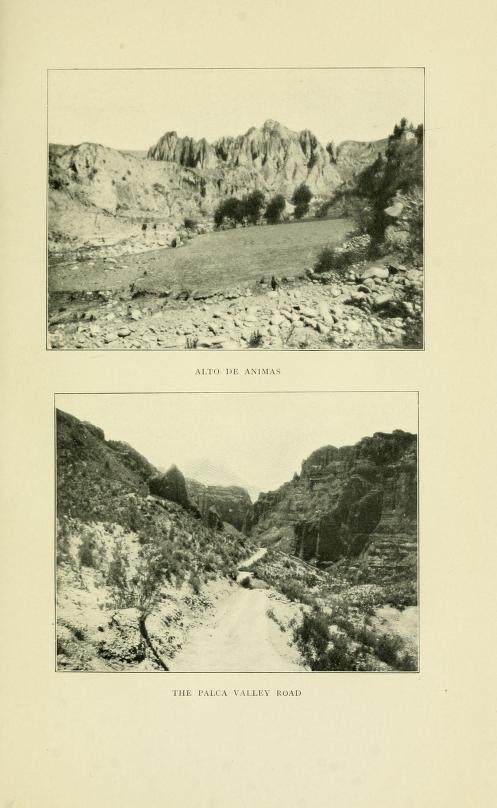
In The Bolivian Andes: A Record of Climbing and Exploration in the Cordillera Real in the Years 1898 and 1900, English author Sir William Conway details his account of his trek through the Andes mountains over two separate trips, once in 1898 and another in 1900. The author is an English politician, art critic, and mountaineer who has made several trips into the Alps and Himalayas previously. The book’s POV is a retelling of both of his trips, but most of the emphasis is placed on his 1898 trip, including the section pertaining to his visit to the mines of Cusanaco in the Bolivian highlands. Conway’s visit comes about 70 years following Bolivia’s independence from Peru, and it had established itself as a nation that relied heavily on raw mineral exports, including silver, tin, and gold (Hillman, 407).
Conway’s account of his trip to the mine at Cusanaco is very reflective of his status as a wealthy, adventuring Englishman of the time period. Firstly, he encounters the indigenous laborers of the mine and, in his conversations with the American overseer of the mine, describe them as “very easily managed, like children,” (Conway, 259). This infantilization of the native population is a common among white outsiders, who view the indigenous population as inferior and childlike, suited to only certain types of labor and should not be integrated into positions of power. Furthermore, Conway in his conversation with the American, is told that the natives are prohibited from drinking alcohol, stating “if they are well treated and abstain from intoxicating spirits, they were easy to live with,” (Conway, 260). This stereotype that indigenous people are overly intoxicated and thus need to be kept from alcohol for their own benefit is more infatilization on the part of Conway and the American. Conway, as a traveler in the region from a position of privilege and as a member of an imperial project in England, looks down upon the native population and, with a fellow outsider, can discuss somewhat candidly how the natives of Bolivia are infantile and are best suited to simple manual tasks.
This depiction of the scene at the mine calls into question the nature of Bolivia’s economy and population. Bolivia is a landlocked nation and as such, relies heavily on the exports of minerals found in the Andes mountains, which makes up a large part of the country’s geography. This is evident even in its colonial history, where the mine of Potosi, located in modern Bolivia, was once the key silver mine driving the Spanish colonial machine, with tons of precious metals being extracted every day by coerced labor (Tandeter, 101). Furthermore, Bolivia, much like Peru which it was originally a part of, has a very large indigenous population. This history feeds into Conway’s depiction of the mine, as Bolivia is perceived as nothing more than a zone for mineral extraction by the wealthy American and European outsiders.
Works Cited:
Conway, William Martin. The Bolivian Andes; a Record of Climbing & Exploration in the Cordillera Real in the Years 1898 and 1900. New York and: Harper & Brothers, 1901.
Hillman, John. “The Emergence of the Tin Industry in Bolivia.” Journal of Latin American Studies 16, no. 2 (1984): 403–37. http://www.jstor.org/stable/157428
Tandeter, Enrique. “Forced and Free Labour in Late Colonial Potosi.” Past & Present, no. 93 (1981): 98–136. http://www.jstor.org/stable/650529
By Tim Arace
